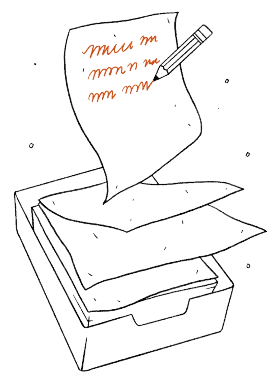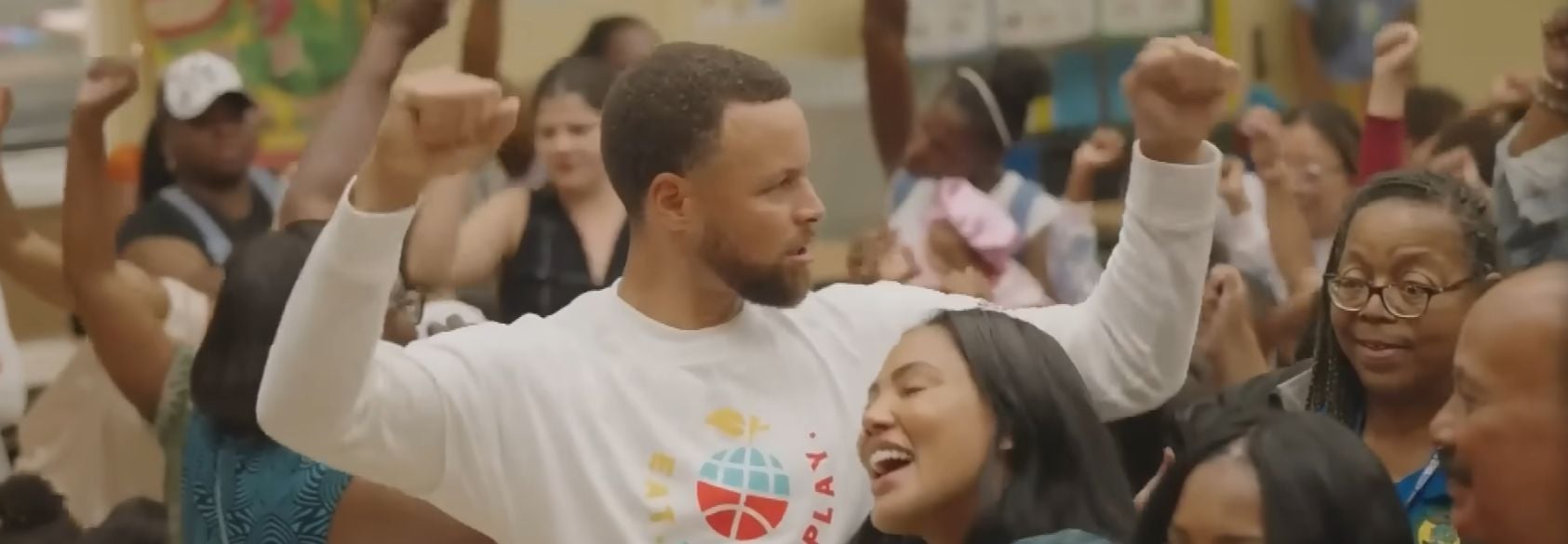As a parent, an English language arts teacher, and a lifelong avid reader, it is very difficult to simply let one’s children read and discover books on their own. I learned the hard way that what I loved as a child might not be as amazing to my own children. I’ll never forget introducing my 6-year-old daughter to Little House on the Prairie via an audiobook at bedtime. As we cuddled in the dark, I anticipated the hours we’d spend listening and reading the entire series, and I was excited by how we’d cherish this experience, making us even closer by sharing a love of Laura Ingalls Wilder. However, as we listened to the narrator explain how to render fat from a hog, my daughter started crying, and she has never quite forgiven me for ruining bacon for her. Clearly, not all literature transcends time, and trying to manufacture experiences for our children and students can backfire.
Luckily, this generational disconnect is not always the case. This past weekend, I took my children to see A Wrinkle in Time at a throwback historic theater where it wouldn’t be too hard to imagine spending my own Saturday afternoons 30 years ago. Neither of my children have read the book, but by the end of the movie, both of them were asking me all kinds of questions; of course, I told them they’d have to read it themselves to find out the answers. To say that we were enthralled is an understatement. Visually, the movie is stunning. As a feminist manifesto, it is compelling. And, as my 9-year-old son pointed out about half-way through: “Mom. This is so dark. You didn’t tell me it was that kind of movie.” We love that kind of movie, and as we discussed it on the way home, it became evident that it was for really different reasons. My son is a sci-fi fan and self-proclaimed science nerd, so he was immediately drawn into the plot and logic of tesseracts. My now almost-teenage daughter had no problem relating to Meg, as had I three decades earlier. And me. What did I love? I loved that an incredibly fresh version of an old classic could still set my mind racing.
I love using film to capture the attention of my screen-savvy students. One of the most successful units I teach is on social justice using the movie Zootopia. (You can read the blog here and check out the lessons.) I’m excited to say that I will teach A Wrinkle in Time for the very first time next year because I have a way in—a portal, if you will—through the new Disney/Bedrock film, directed by Ava DuVernay and produced by James Whitaker and Catherine Hand. It isn’t that the book can’t stand alone because it can; however, I’m a big believer in the multimodal approach to teaching because new literacy isn’t just about reading (follow the hashtag #NewLit for my college students’ blogs about approaching adolescent literacy in a #NewLit world), but also ways students “read” all texts—written, visual, cinematic, advertising, infographics, music, coding and more. With this new literacy in mind, I’m sharing with you some of the ways I’m going to open up A Wrinkle in Time to my students:
Choices, choices and more choices
I love choice boards. I write about using them in my first book The Flexible ELA Classroom as a starting spot for teachers who may want to differentiate more but might not know where to begin. If you are looking for differentiation and high student engagement, check out these resources from WeAreTeachers. I used the Shake Up Learning site to create a tic-tac-toe board using the resources from WeAreTeachers to create an interactive tool for my students to choose their projects. You’ll love to create choice boards and tic-tac-toe boards on Google Docs. Here’s the one I made for A Wrinkle in Time. (Feel free to use it, or make a copy and change it as you see fit!)
Take the deep dive
I’ll be the first to admit that it was the depth of Meg’s character and the budding romance of the novel that first intrigued me, but that is selling the potential of this book way short. Help students take the deep dive into the science and math of the novel. Perhaps try Tesseracts and Madeleine L’Engle, or engage students in a conversation about the role of religion in the book and how the movie does something completely different with spirituality, which is a great lead into why the book was so widely banned through the years. This is a perfect opportunity to introduce the really timely concept that L’Engle called “the heresy of love,” essentially claiming that love should not exclude (though she was talking religiously, it is easy to see the current connections). If you are starting to feel a little queasy about “opening that can of worms,” you are getting warmer! The good stuff of teaching is in those moments when teachers explore ideas with students in meaningful ways, while also encouraging them to create their own philosophies for living.
Get artsy
I love imbuing an assignment with opportunities for artistic expression. Art isn’t simply a class, but a way of responding to the world. This is where I’m sure students will wow me next year. I could create another choice board, but that seems counterintuitive. Instead, I’ll send them over to Pinterest to mine for ideas, or the Student Art Guide page, or have them come up with brave new interpretations of their reading and viewing of the novel. I’m going to encourage mixed medium and multimodal representations that stretch their definitions of literacy, much like the book and movie expand their consciousness (see the plans and resources on SML). I hope you’ll join me in celebrating the book and the movie, for all of their similarities and differences. Please let me know what you are doing with students to light a fire in them!





![Image Credit: By Gkaidan (Own work) [CC BY-SA 4.0 (https://creativecommons.org/licenses/by-sa/4.0)], via Wikimedia Commons](/sites/default/files/blog/A-wrinkle-in-time-600x400.png)





